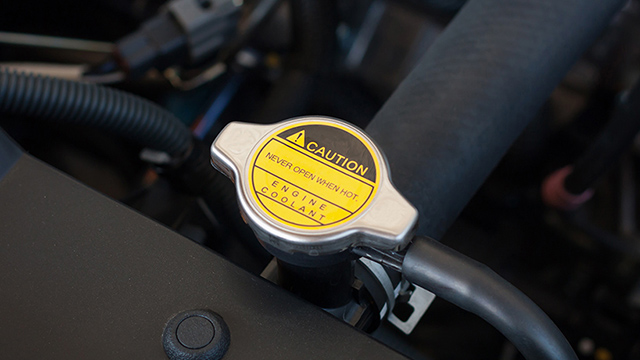You should check your engine oil levels at least once a month. Oil is the lifeblood of your engine - if your car runs out of oil, your engine will seize up and major damage will occur.
You should check your oil levels regularly as your engine could sprout an oil leak or burn oil without you knowing until your dashboard warning light comes on. Once this happens, your engine is in imminent danger of serious damage. The average engine costs over $10,000. Regularly checking your oil is an easy way to protect your investment.
Although engines have evolved over the years, the way to check and top up your engine oil is still the same.
How to check your oil
-
Park on a level road and have a clean cloth or paper towel handy
-
Wait a few minutes after you turn off the engine to let the oil settle
-
The oil level dipstick will usually have a bright coloured handle to make it easy to find. If you can’t see it, check the owner’s manual
-
Before you remove the dipstick, take note of where it slots into the engine, so you’ll be able to return it to the right place
-
Remove the dipstick and wipe it clean with the cloth or paper towel
-
Re-insert the dipstick fully, then remove it and lay it on the cloth or paper towel. The oil level should be in between the high and low level markings – ideally, nearer the high mark
-
If the oil is low, look up the correct grade of oil in the owner’s manual or call NRMA motoring advice on 13 11 22) and add about 250ml at a time via the oil filler cap on the top of the engine, rechecking the oil level from step 1 as you go.
You can find out how to check and refill your car’s oil by looking in the owner’s manual. This little book, usually found in the glovebox, will also tell you what type of oil to use in your car. An alternative is to call NRMA motoring advice on 13 11 22, a helpline for Members who don’t have access to their owner’s manual.












